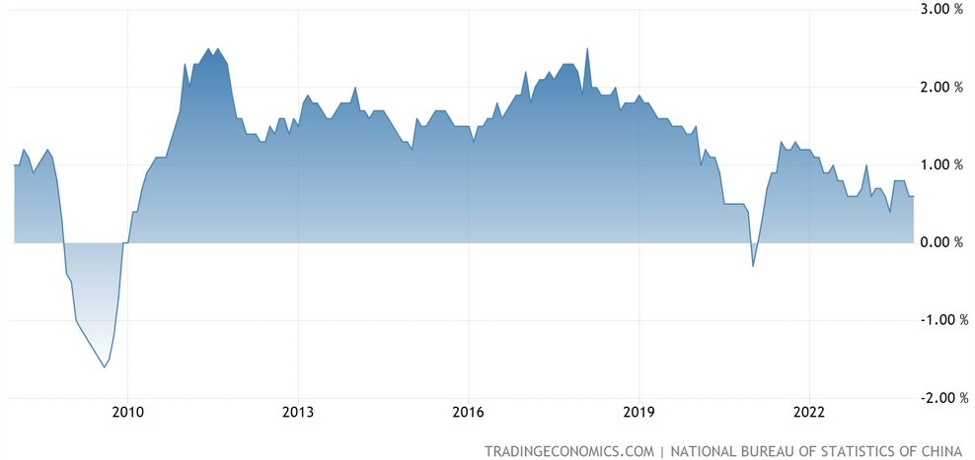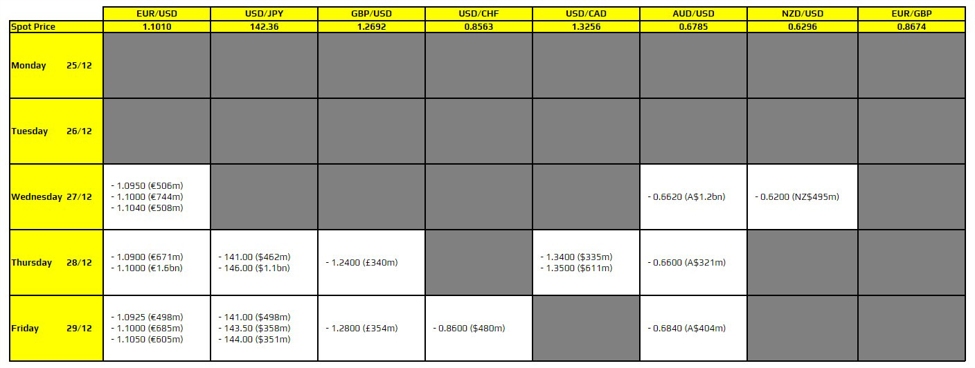Why it’s important?
The ranges of estimates are
important in terms of market reaction because when the actual data deviates from the
expectations, it creates a surprise effect. Another
important input in market’s reaction is the distribution of forecasts.
In fact, although we can have a range of
estimates, most forecasts might be clustered on the upper bound of the
range, so even if the data comes out inside the range of estimates but
on the lower bound of the range, it can still create a surprise effect.
Non-Farm Payrolls
- 25K-195K range of estimates
- 120K-160K range most clustered
- 130K consensus
Unemployment Rate
- 4.3% (9%)
- 4.2% (79%) – consensus
- 4.1% (12%)
Average Hourly Earnings Y/Y
- 3.9% (70%) – consensus
- 3.8% (27%)
- 2.8% (3%)
Average Hourly Earnings M/M
- 0.4% (2%)
- 0.3% (80%) – consensus
- 0.2% (18%)
Average Weekly Hours
- 34.2 (79%)
- 34.1 (18%) – consensus
- 34.0 (3%)
As I’ve been saying from April 2, I don’t think the data matters now as the focus remains on trade negotiations. The same way the data was influenced by the uncertainty about tariffs and then the fear of recession following the April 2 announcement, it will also be influenced by the first trade deals.
For example, say we get positive outcomes on the trade deals, the market will start to price in an improvement in the economy and even though the data might still show weakness in the first months, the market will likely just fade the negative reaction and keep going up on positive future expectations.
I think the only outcome in the data that would trigger a market reaction is a notable weakening in the labour market as it would give the Fed a reason to cut rates. The US jobless claims, which is the most timely labour market data, continues to show a stable environment despite some volatility in the data caused by one-off factors.
Of course, you get less hiring given the economic uncertainty, but we haven’t seen layoffs picking up yet. It’s just a frozen labour market as businesses await more info on the tariffs front.















